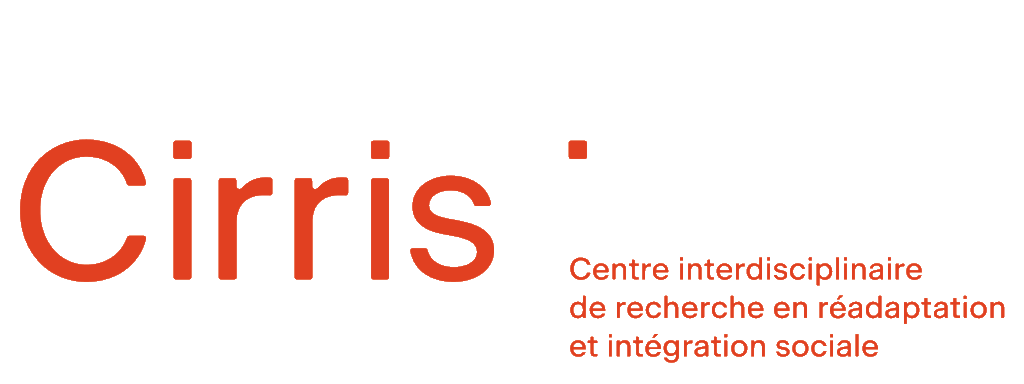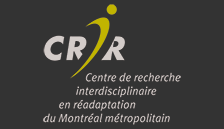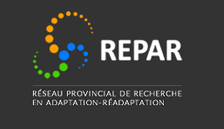How can the results be communicated to promote it?
Jacqueline Roberge-Dao, PhD candidate McGill University
Here we discuss the elements to consider in adapting knowledge to the local context to make it more compatible while maintaining the integrity of the results.
Subtitles available
LSQ Version - Quebec sign language
Share





